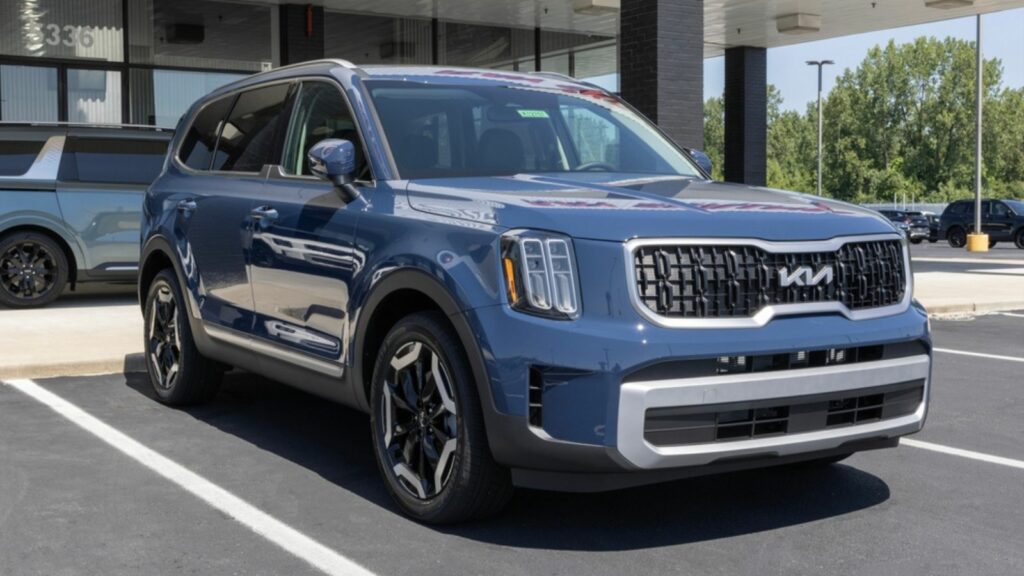The golden era of cross-border car buying is over, thanks to new tariffs, regulatory friction, and sudden supply chain hurdles. Many vehicles that Canadians once snagged from U.S. dealerships are now either too expensive or logistically impossible to bring north. From iconic muscle cars to efficient compacts, the border shut-off is reshaping how Canadians buy, lease, and dream about their next ride, as they may never return to Canadian driveways. Here are 25 cross-border auto imports that are officially over:
Ford F-150 Lightning (U.S. Trim)
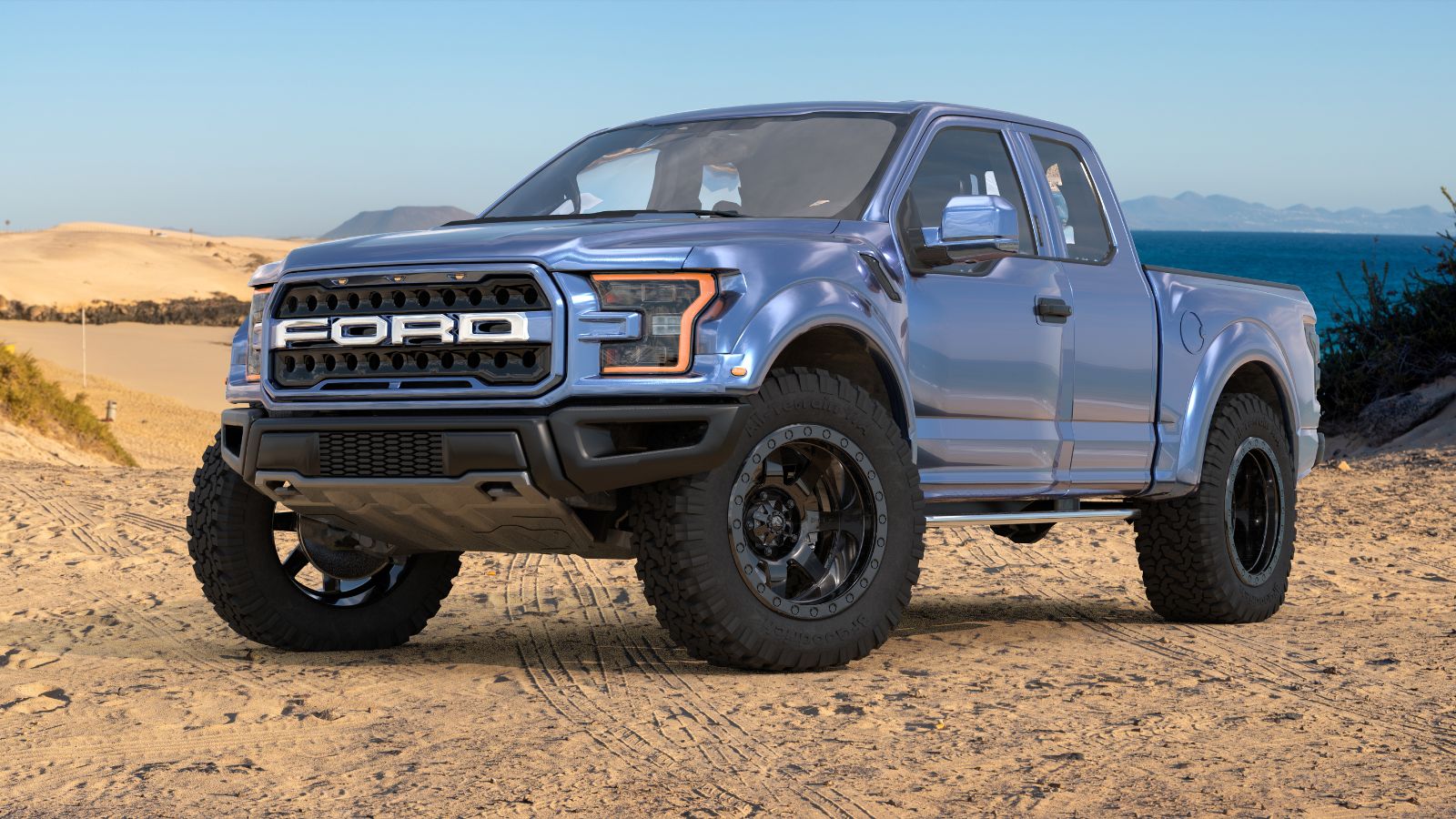
Once a favorite for EV-forward Canadians, the American-trim F-150 Lightning is no longer viable for import because tariffs on U.S.-made EVs, combined with Canada-specific charging standards and federal rebates that don’t apply to U.S. models, have made it a logistical nightmare. What once saved buyers thousands now risks border seizure or disqualification for provincial incentives. While Canada offers its version, those seeking extended-range U.S. trims or early-release models now face higher prices, longer waits, and stricter regulations that effectively kill cross-border deals.
Jeep Wrangler Rubicon 392
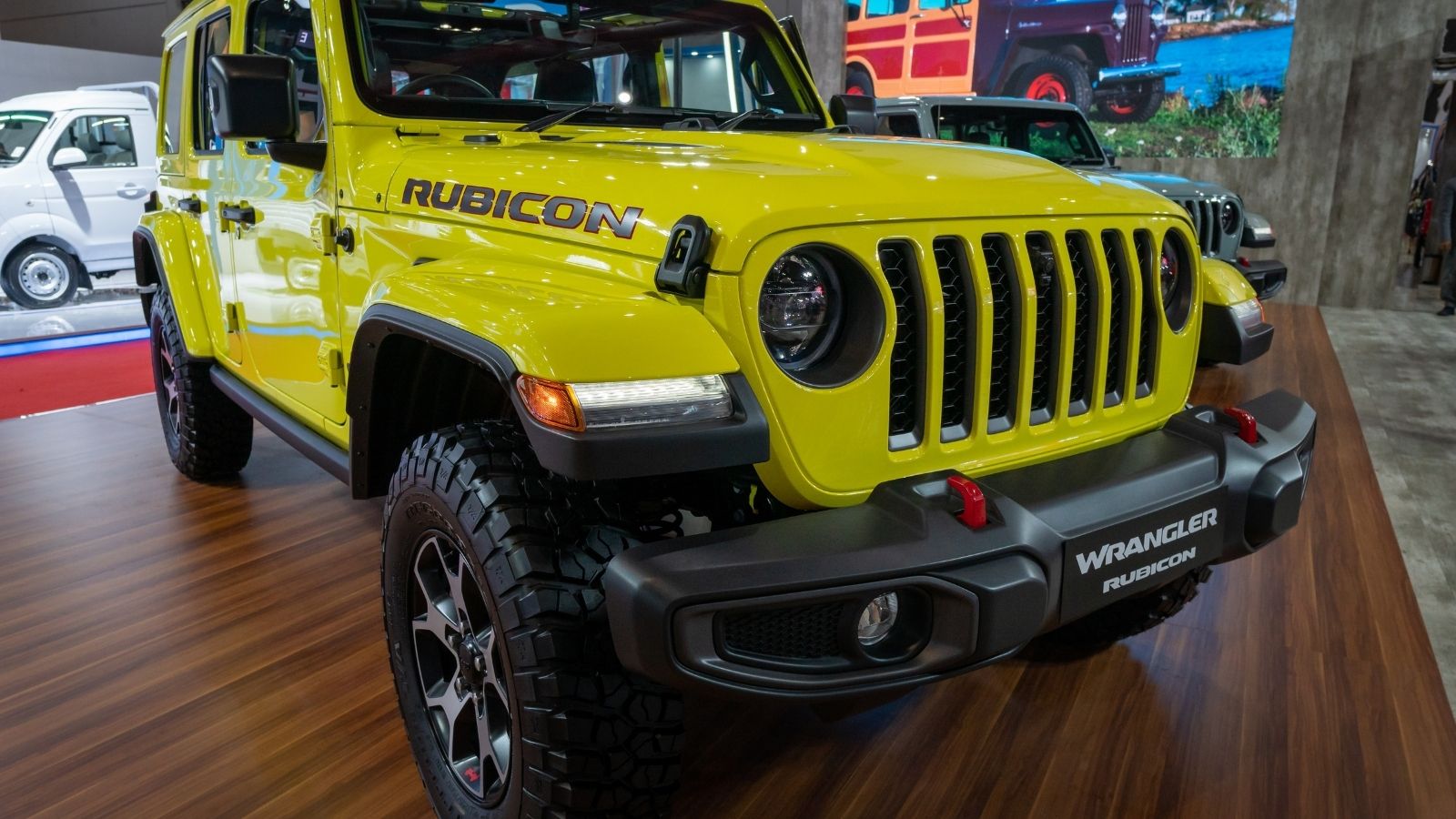
For years, Canadian off-roaders looked south for the V8-powered Rubicon 392, at times snagging it for thousands less. But now, it’s one of the hardest U.S. imports to justify because of higher emissions scrutiny, insurance red tape, and stiff new import tariffs that have made it nearly impossible to bring this high-horsepower monster across the border. U.S. dealers are increasingly unwilling to cooperate with Canadian buyers, and even private sales risk excessive duty charges.
Chevrolet Suburban High Country
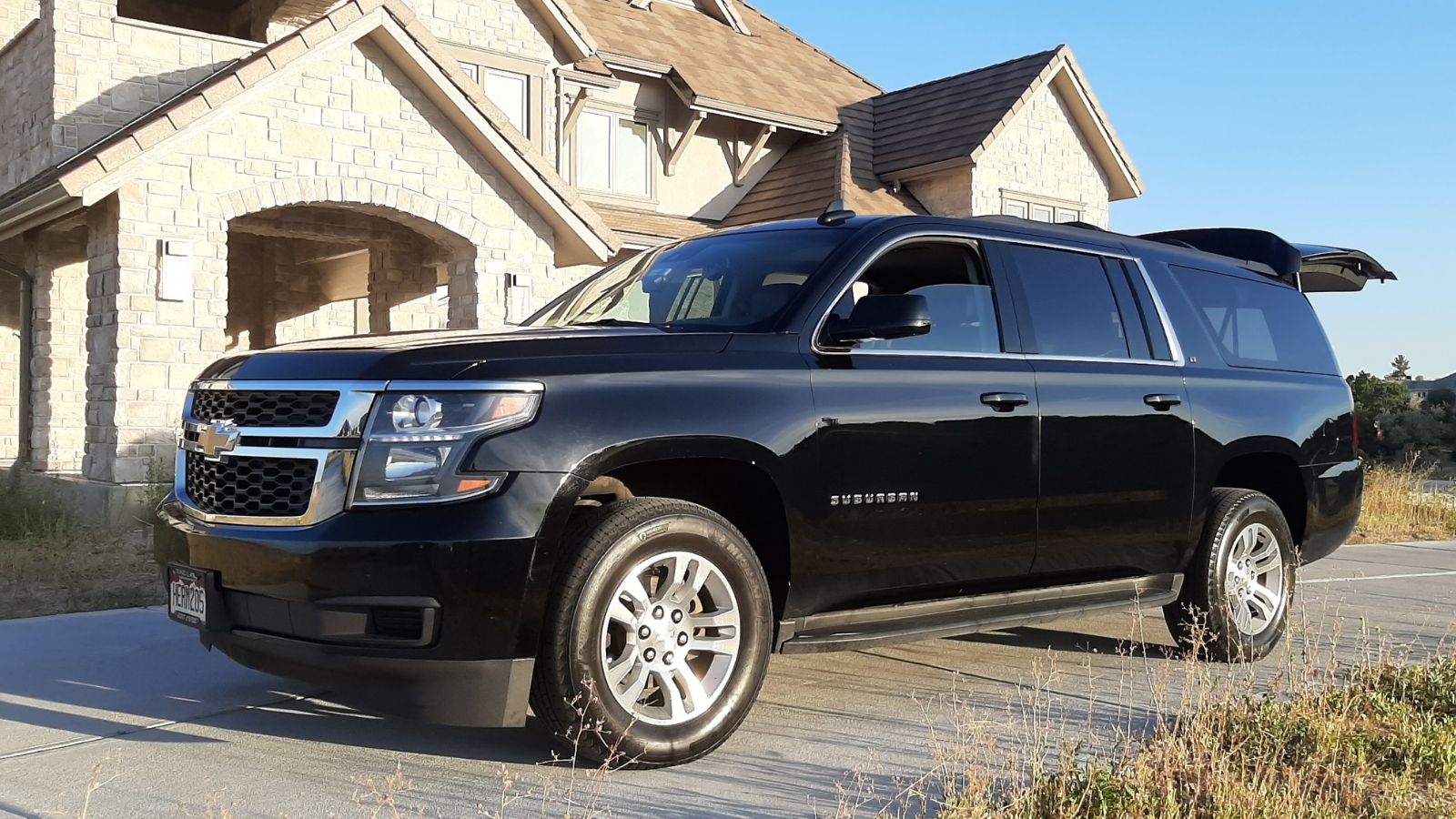
Canadians once turned to U.S. markets for loaded Suburban trims to save tens of thousands, but that loophole has snapped shut. Not only are tariffs on large SUVs at their highest in decades, but U.S.-specific features, like infotainment restrictions or differences in emissions tuning, are blocking many import approvals. Provincial safety inspections are now flagging models previously waved through, leading to what used to be a clever workaround now means massive extra costs, registration hurdles, and uncertain legality.
Dodge Challenger SRT Hellcat
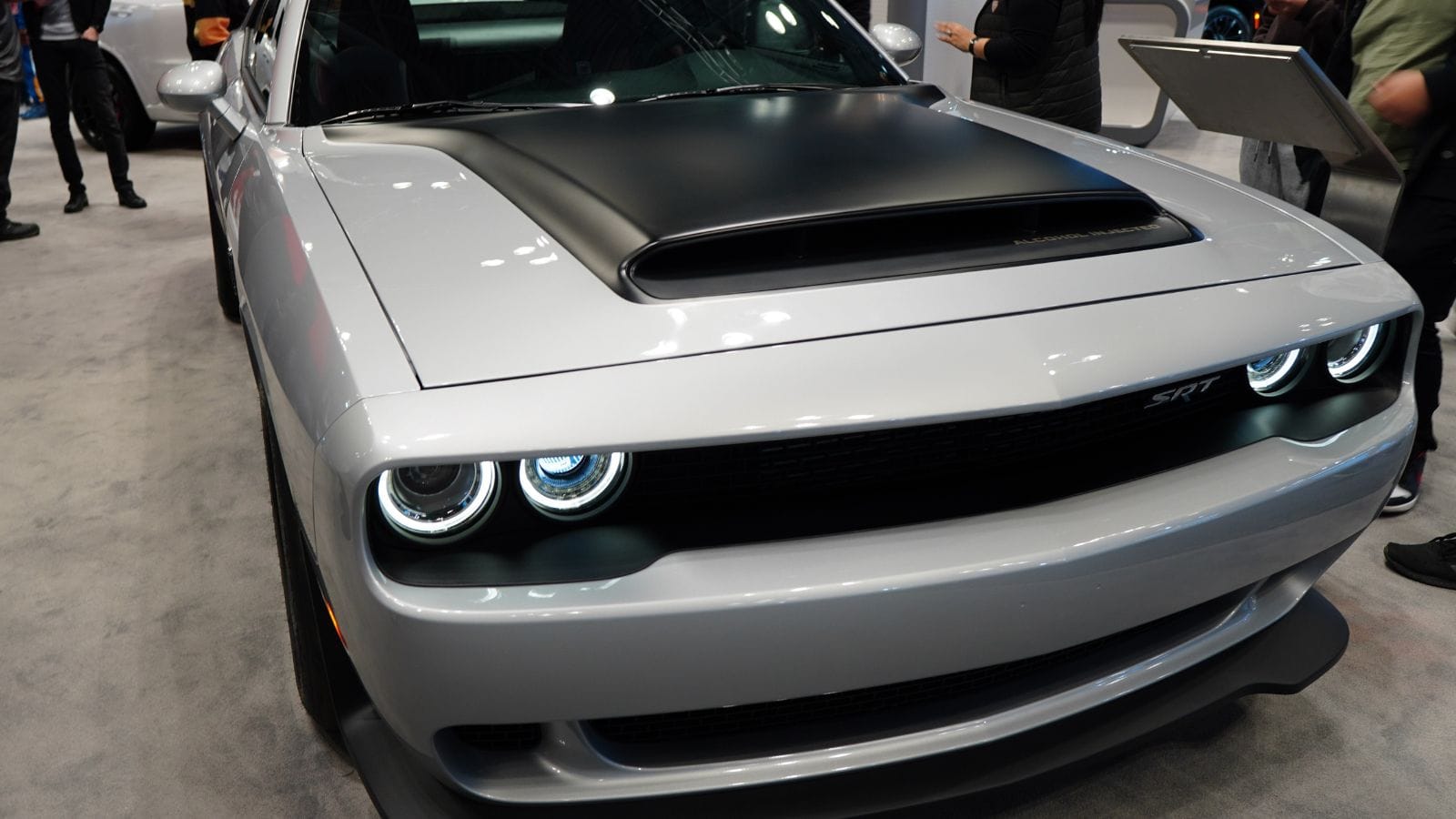
A cult favorite for muscle car lovers, the SRT Hellcat was long imported by Canadians hunting U.S. dealer deals. But this has changed because of the combination of luxury taxes, escalating import tariffs, and stricter Transport Canada compliance rules, which have slammed the brakes on this practice. Importers are now deterred by nearly $10,000 in additional fees, plus conversion costs to meet Canadian daytime running light and emission standards. With the Hellcat’s production winding down, Canadians looking south for one are likely out of time and out of luck.
Tesla Model 3 (U.S.-Spec)
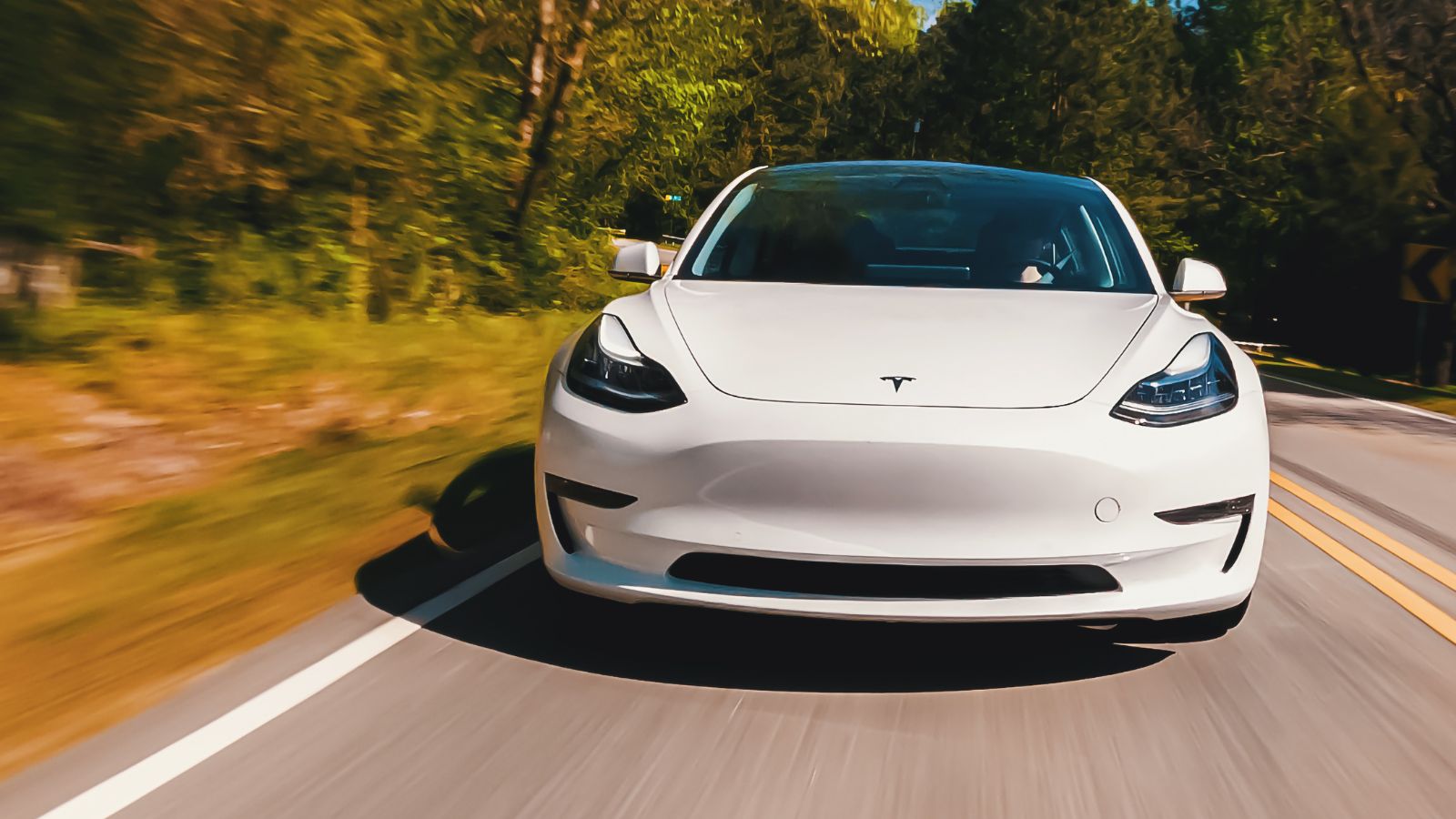
Early adopters used to import U.S.-spec Model 3s to Canada for less until Tesla and Transport Canada cracked down. Battery configuration discrepancies, charging compatibility, and VIN registration issues now block most cross-border transactions. Additionally, U.S. models no longer qualify for Canadian EV rebates, and some cannot be registered at all due to hardware mismatches. The cost of aligning software and safety compliance can outweigh the savings, and in 2025, if your Tesla is not Canadian-delivered, it is probably not street-legal anymore.
GMC Yukon Denali XL
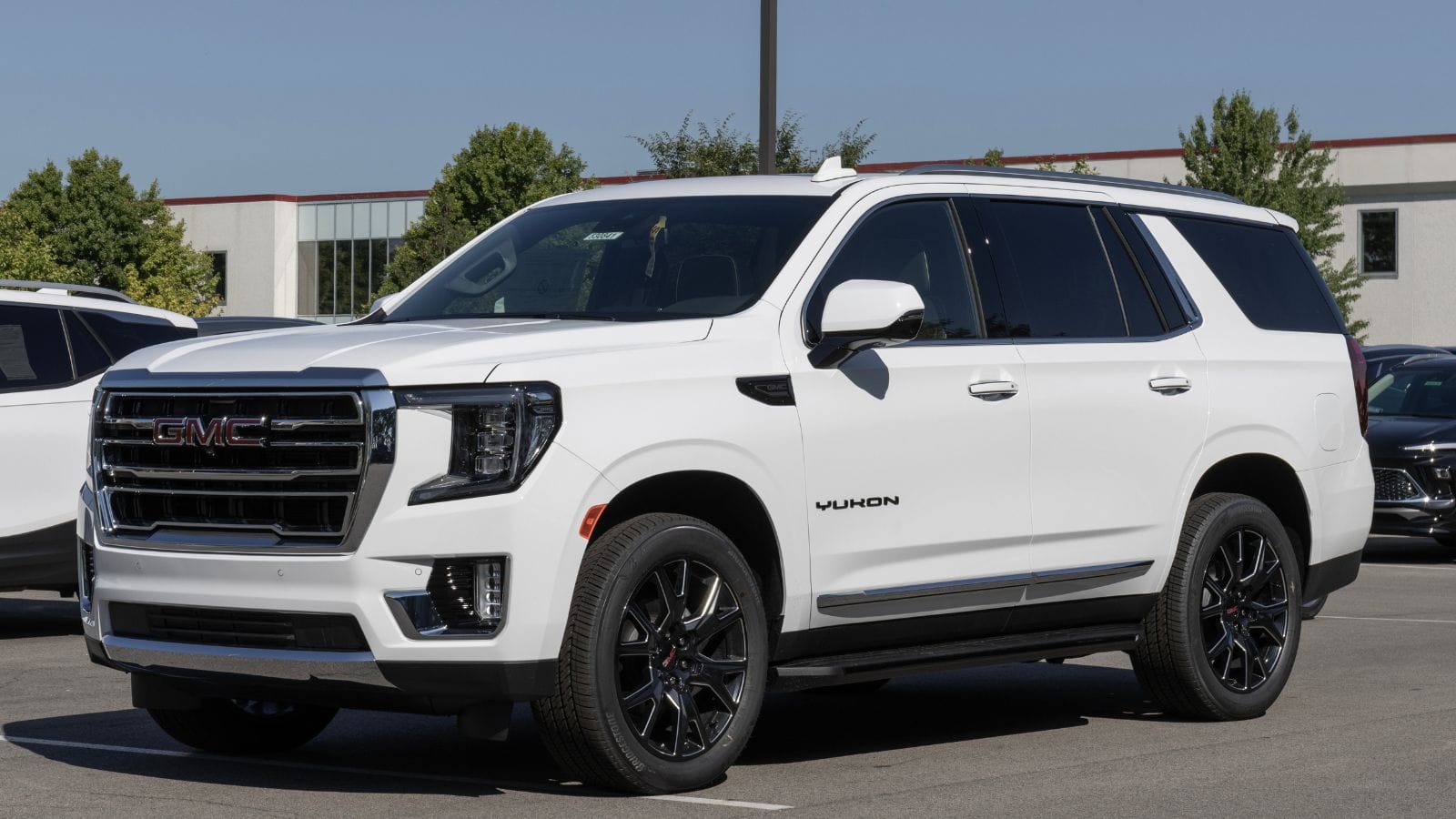
Canadians once sought out U.S.-market Yukon Denali XLs for their availability and generous pricing, especially in northern provinces. But tariffs on full-size SUVs, combined with differences in trailer brake systems and vehicle weight classifications, have made importing them a regulatory headache. Safety inspection delays and inconsistent emissions standards have made many models ineligible or cost-prohibitive. Dealers across Canada have largely stopped assisting with U.S. transfers, signaling the end of an era for this luxury utility hauler’s cross-border appeal.
Ford Mustang Mach-E (U.S. Model)
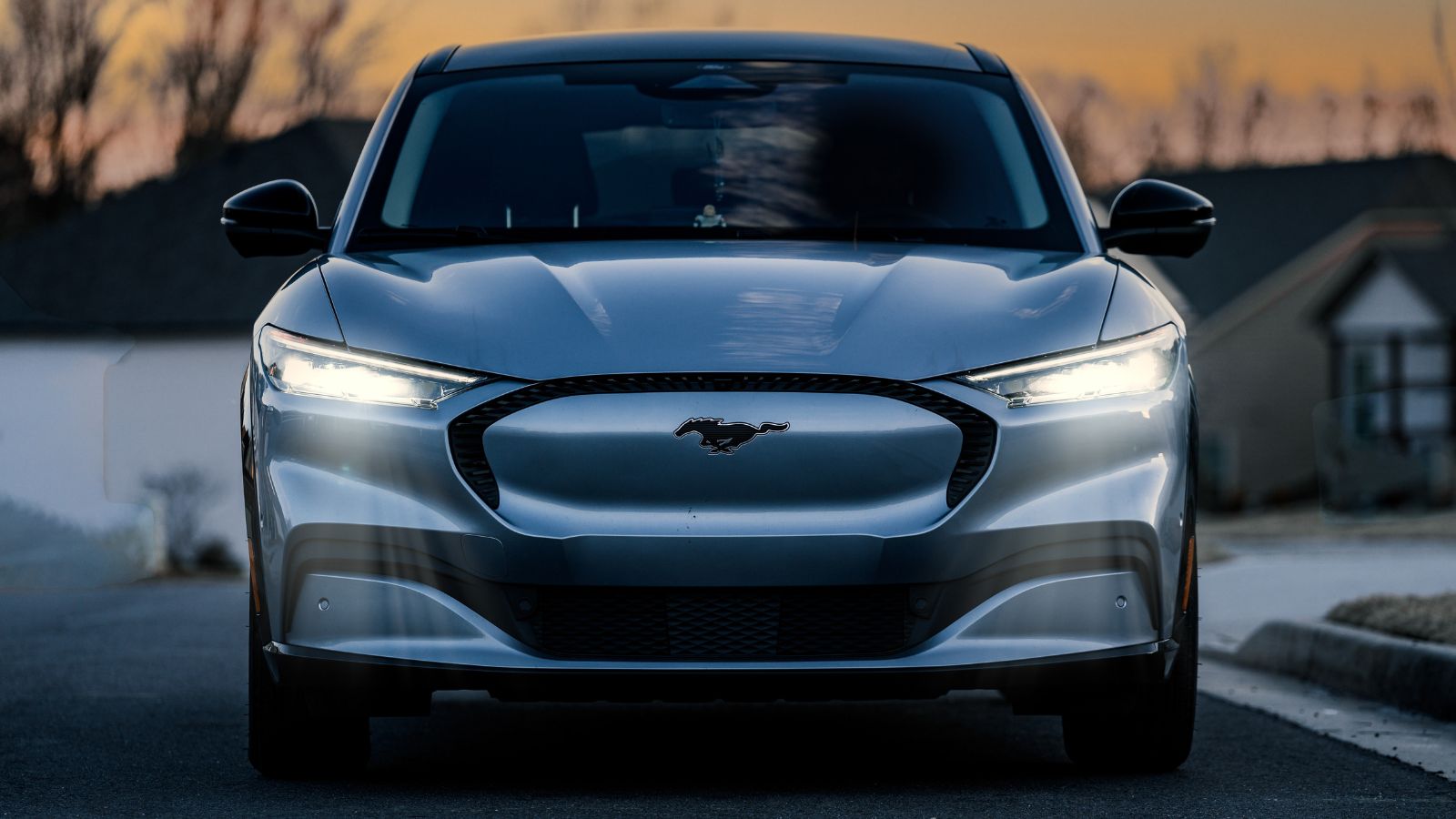
Tariff hikes on electric vehicles and their battery packs have priced U.S.-spec Mach-Es out of the Canadian market. Previously seen as a shortcut to avoid long waitlists, American Mach-Es now face steep import duties, software update restrictions, and no access to Canadian federal rebates. The model’s connected services are region-locked, and Transport Canada requires additional compliance tests. What was once a clever EV workaround now carries excessive cost, paperwork, and zero financial incentive, killing the viability of U.S.-based Mach-E imports.
Toyota Tacoma TRD Pro (U.S. Trim)

With limited availability in Canada, the TRD Pro Tacoma was often sourced by Canadians from U.S. dealers. But higher tariffs on midsize trucks, emissions regulation mismatches, and incompatibility with bilingual safety labeling have blocked many recent import attempts. U.S. Tacomas often lack the cold-weather features expected in Canada, and Transport Canada has flagged recurring issues with lighting compliance. Given the rising cost of modifications and inspections, most buyers now find it easier and cheaper to wait or buy local.
Honda Odyssey Elite (U.S. Trim)
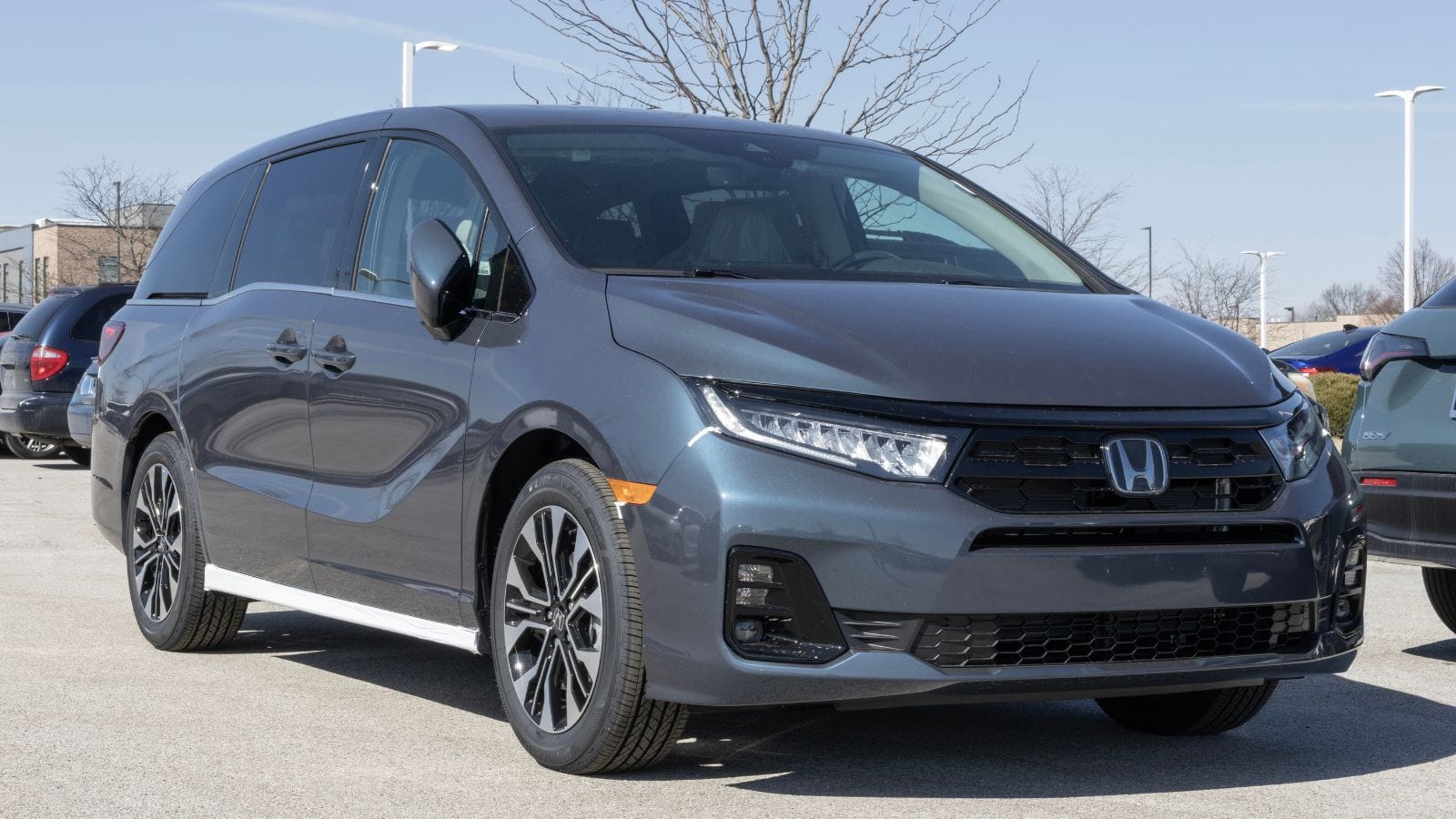
Minivan-loving families used to cross the border for fully loaded Honda Odysseys at lower U.S. prices. But with tariffs on passenger vehicles, strict customs documentation, and increasing resistance from Canadian dealers on post-import servicing, the Elite trim is now virtually unobtainable here. Many U.S.-spec features require software localization to function correctly in Canada, further driving up costs. With safety inspection bottlenecks and provincial registry pushback, the days of affordable Odyssey imports are officially done.
RAM 1500 Limited (U.S.-Built)
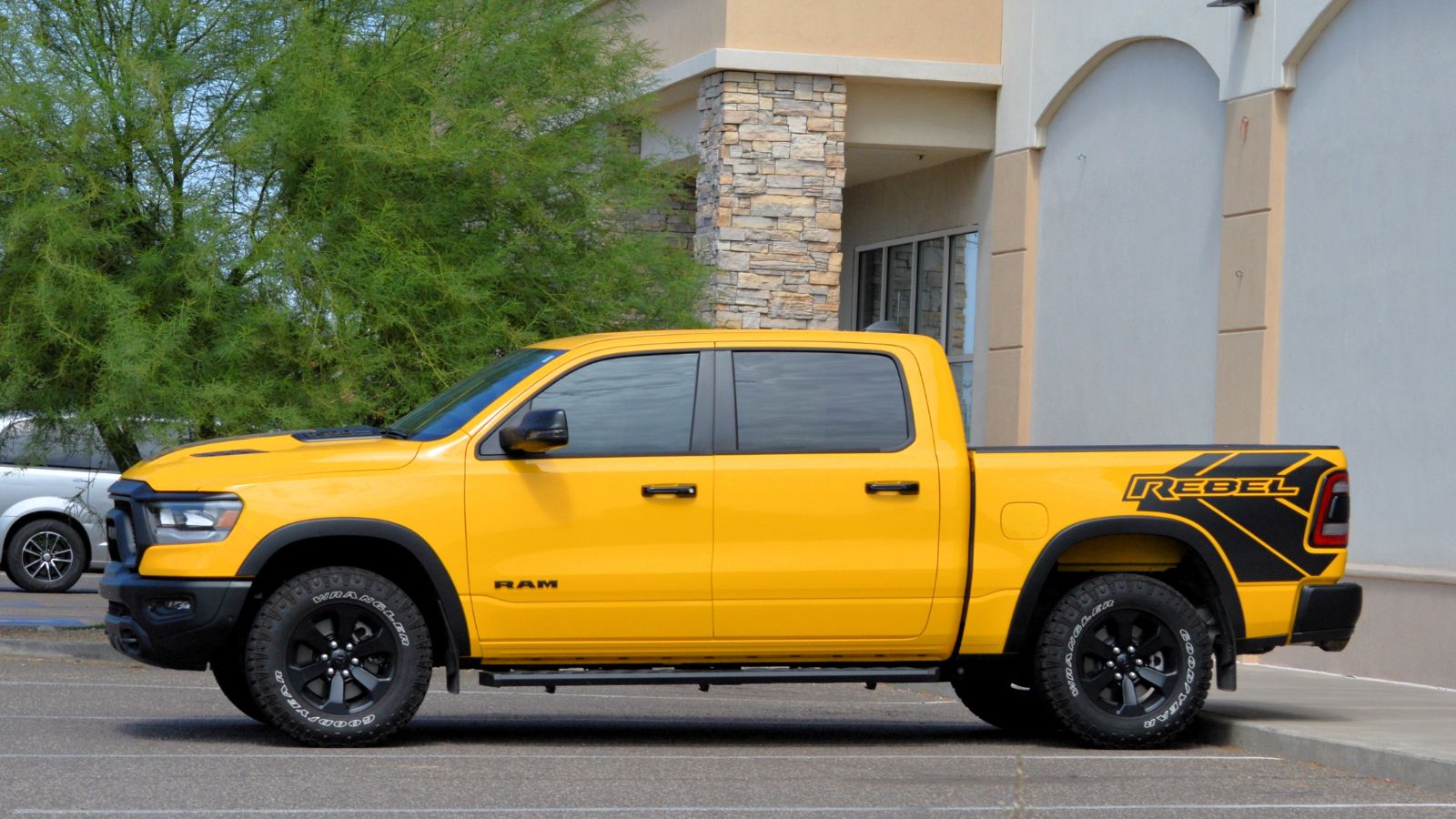
RAM trucks were among the most popular cross-border imports for Canadians. But now, the 1500 Limited trim is burdened by layered tariffs on both light-duty trucks and luxury vehicles. Canadian tax thresholds mean the deal disappears fast once import duties and compliance inspections are tallied. Even U.S. dealers are increasingly hesitant to support export paperwork, making the process both bureaucratically daunting and financially unrewarding.
BMW X7 M60i (U.S.-Spec)
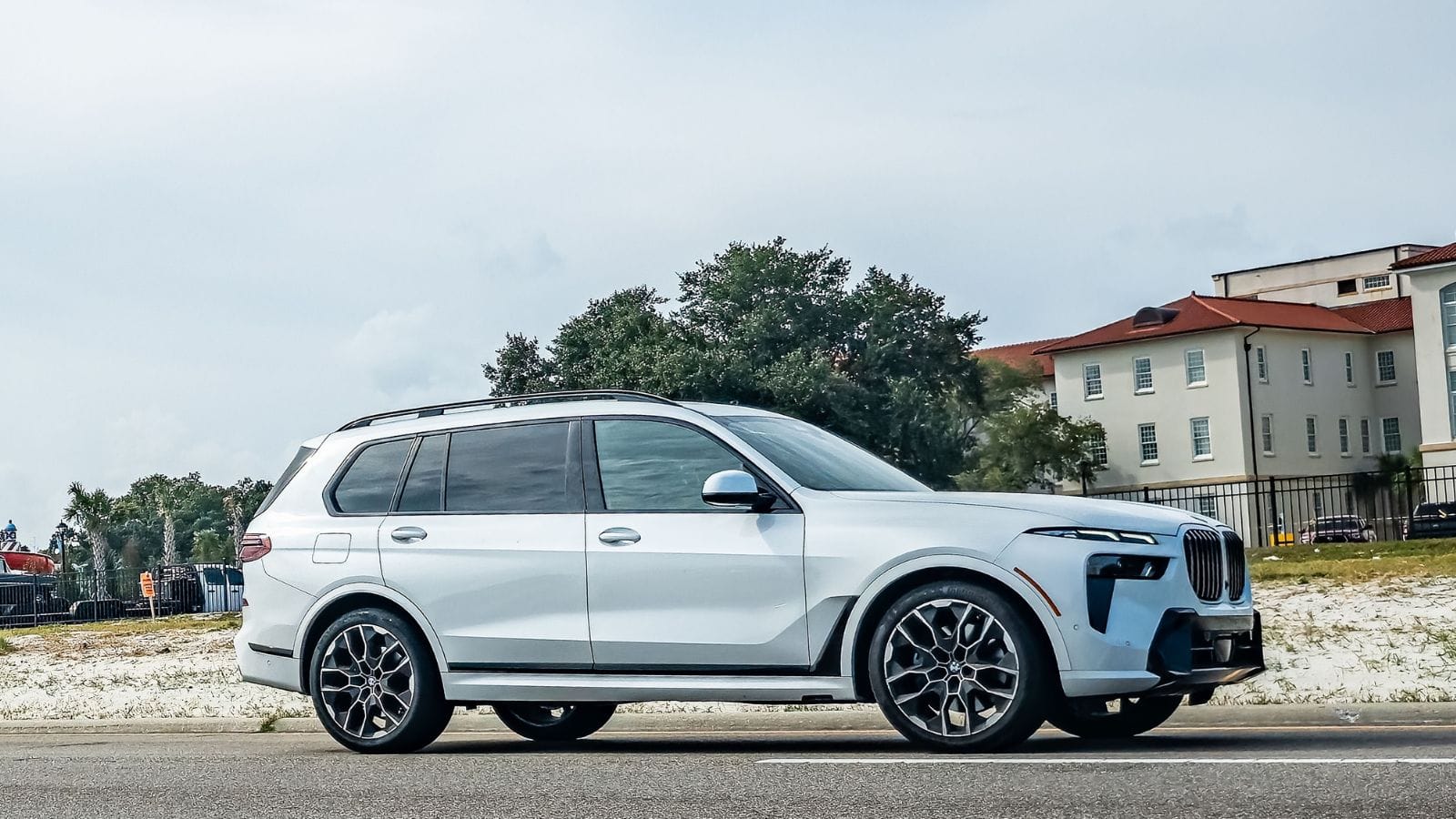
Luxury buyers once hunted U.S. markets for the X7 M60i to save thousands, but those days are gone. New tariffs on German vehicles assembled in the U.S., paired with Canada’s federal luxury tax, mean this SUV now costs significantly more to import than to buy domestically. Complications with onboard tech, such as U.S.-based cellular connectivity and navigation updates, create added headaches. Several buyers report being denied warranty support after import. Throw in transport, inspections, and reprogramming costs, and the X7’s American price tag quickly balloons into a financial risk no longer worth taking.
Toyota Sienna XSE (U.S. Trim)
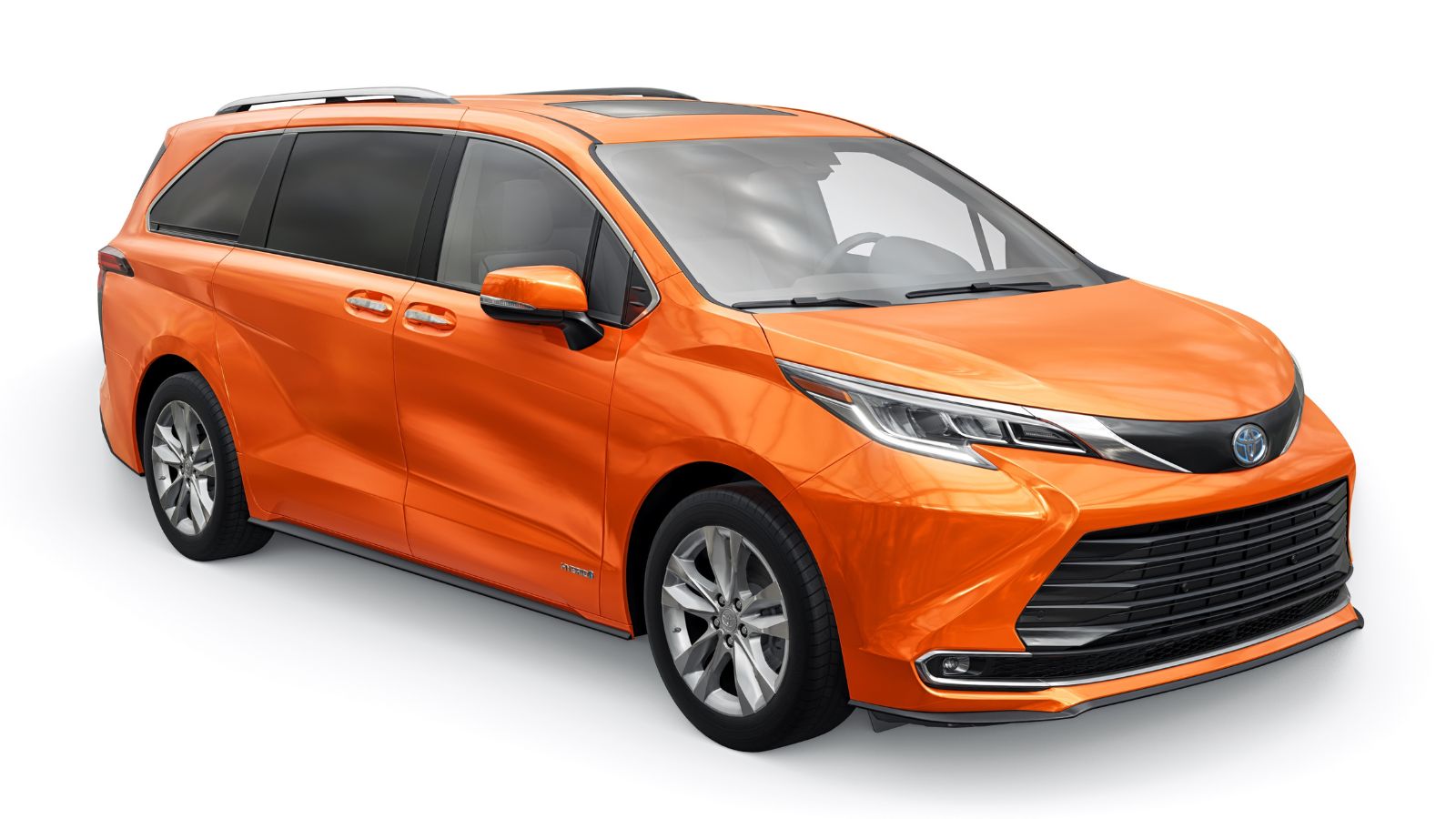
Once seen as a practical, fuel-efficient hybrid minivan option from U.S. dealers, the Sienna XSE has effectively vanished from Canadian cross-border buying plans. This is due to the new hybrid component tariffs, stricter inspection backlogs, and differing child safety anchor standards between U.S. and Canadian models, which require many to undergo modifications to pass provincial certification. The XSE’s unique sport trim was once worth the import gamble, but delays, unexpected fees, and feature mismatches have rendered it a logistical minefield.
Chevrolet Camaro ZL1

This high-performance sports car was a favorite for Canadian importers chasing the raw power of the ZL1 at U.S. prices. But stricter emissions regulations and a fresh round of tariffs targeting performance vehicles have effectively priced this V8 powerhouse out of Canadian driveways. Several provinces have also flagged the Camaro’s exhaust configuration as non-compliant, delaying registrations. With GM preparing to sunset the Camaro line entirely, Canadian enthusiasts may be out of time and face added fees if they try to beat the clock by importing south-of-the-border ZL1s.
Subaru Crosstrek Wilderness (U.S. Launch Edition)
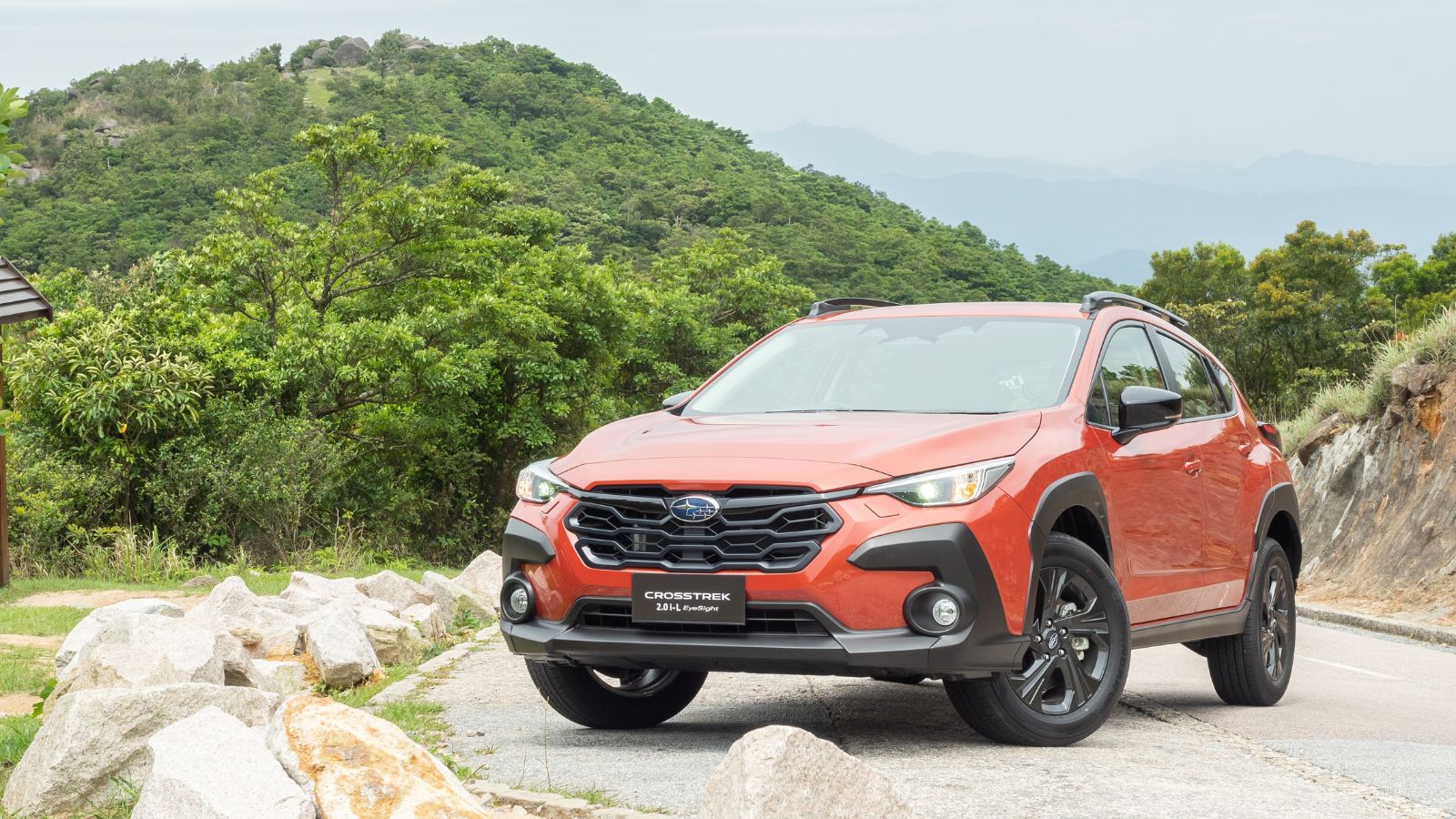
When the Wilderness trim first launched in the U.S., Canadians eager for adventure paid to import early editions. This is no longer a smart move as new tariffs on U.S.-assembled crossovers, combined with misaligned safety sensor calibration between markets, have added thousands in conversion costs. Canadian dealers are often unwilling to service U.S.-spec vehicles, citing warranty issues. With growing scrutiny at the border and more availability domestically, the cost-saving incentive has all but vanished.
Lincoln Navigator Black Label
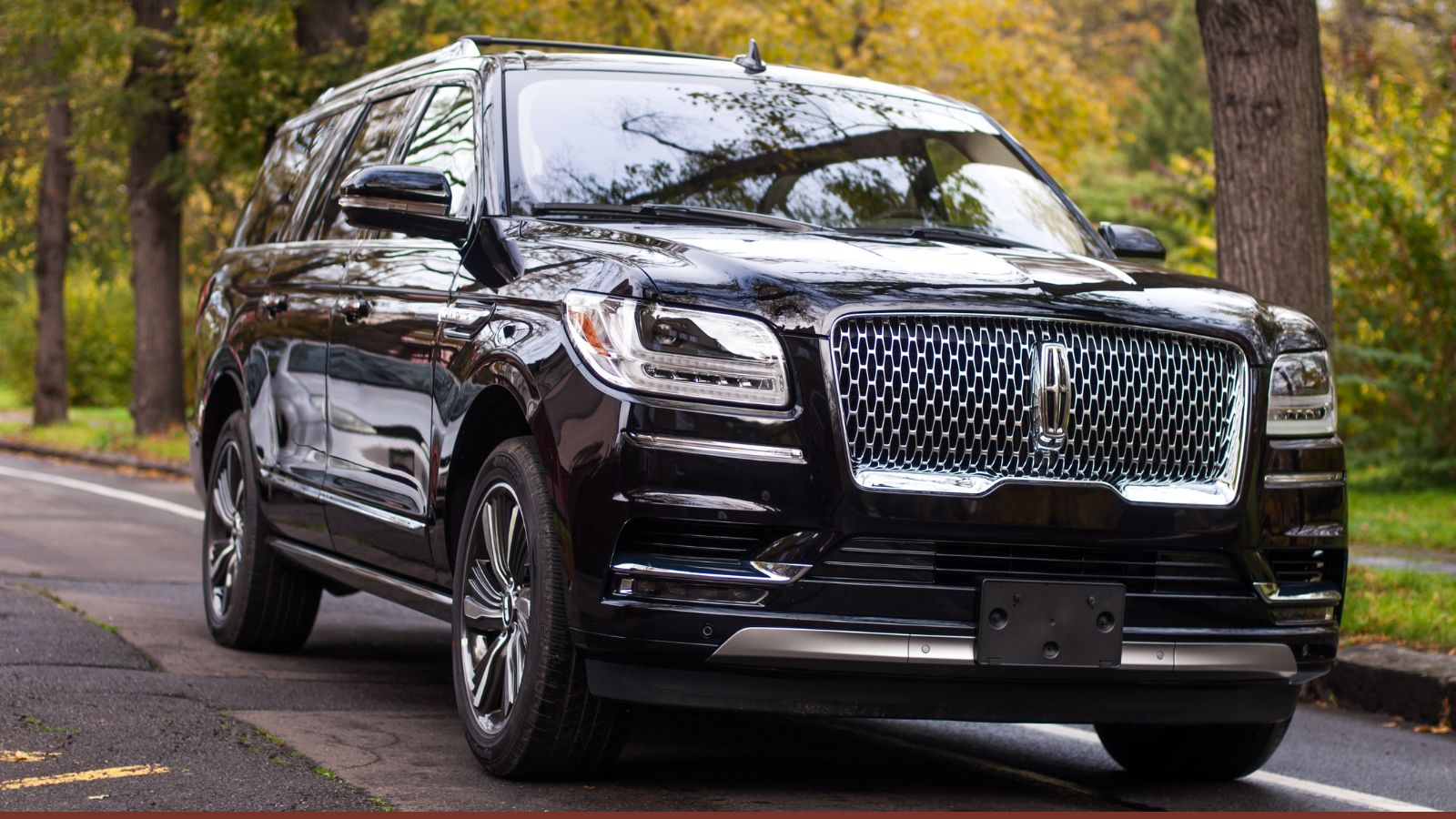
Luxury-minded Canadians used to scoop up U.S.-spec Navigators to bypass long Canadian waitlists and steep local pricing. But federal luxury taxes now hit these full-sized imports especially hard, with some buyers paying over $15,000 in added fees. U.S.-based driver assistance systems sometimes require reconfiguration for Canadian roads, and software issues with regional compatibility have rendered features like built-in nav and remote diagnostics unreliable.
Audi Q5 Plug-In Hybrid (U.S. Model)
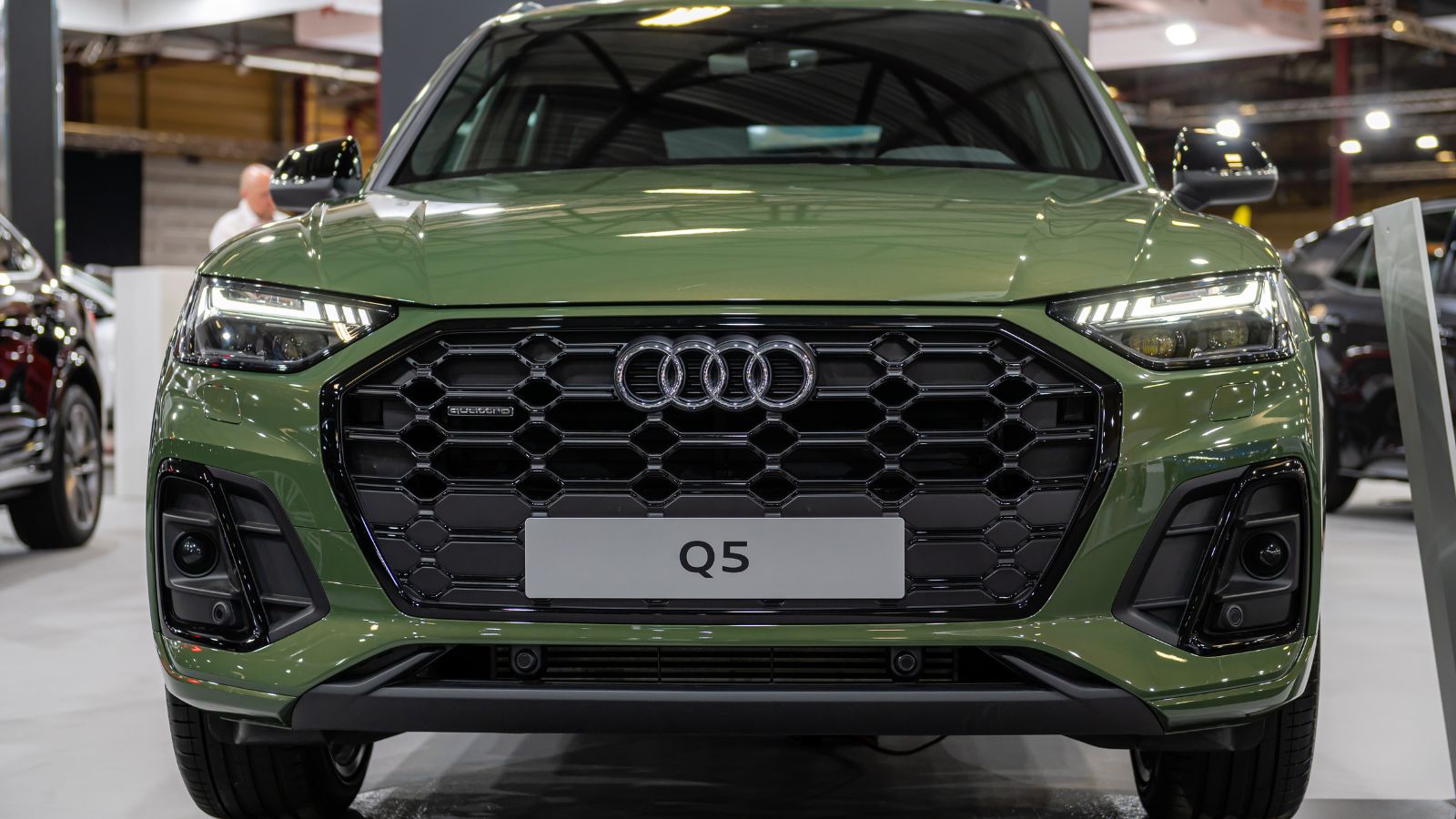
Canadians once looked to the U.S. for early access to Audi’s Q5 PHEV, often skipping months-long local waitlists. But tariffs on hybrid powertrains, limited service support, and differences in onboard charging tech have closed the border pipeline. U.S. versions often use incompatible plugs or require voltage adapters that void warranties, and Transport Canada has flagged several Q5 PHEV imports for battery certification gaps. For eco-conscious Canadians hoping for an imported deal, the risk now outweighs the reward.
Hyundai Santa Cruz Limited (U.S. Trim)
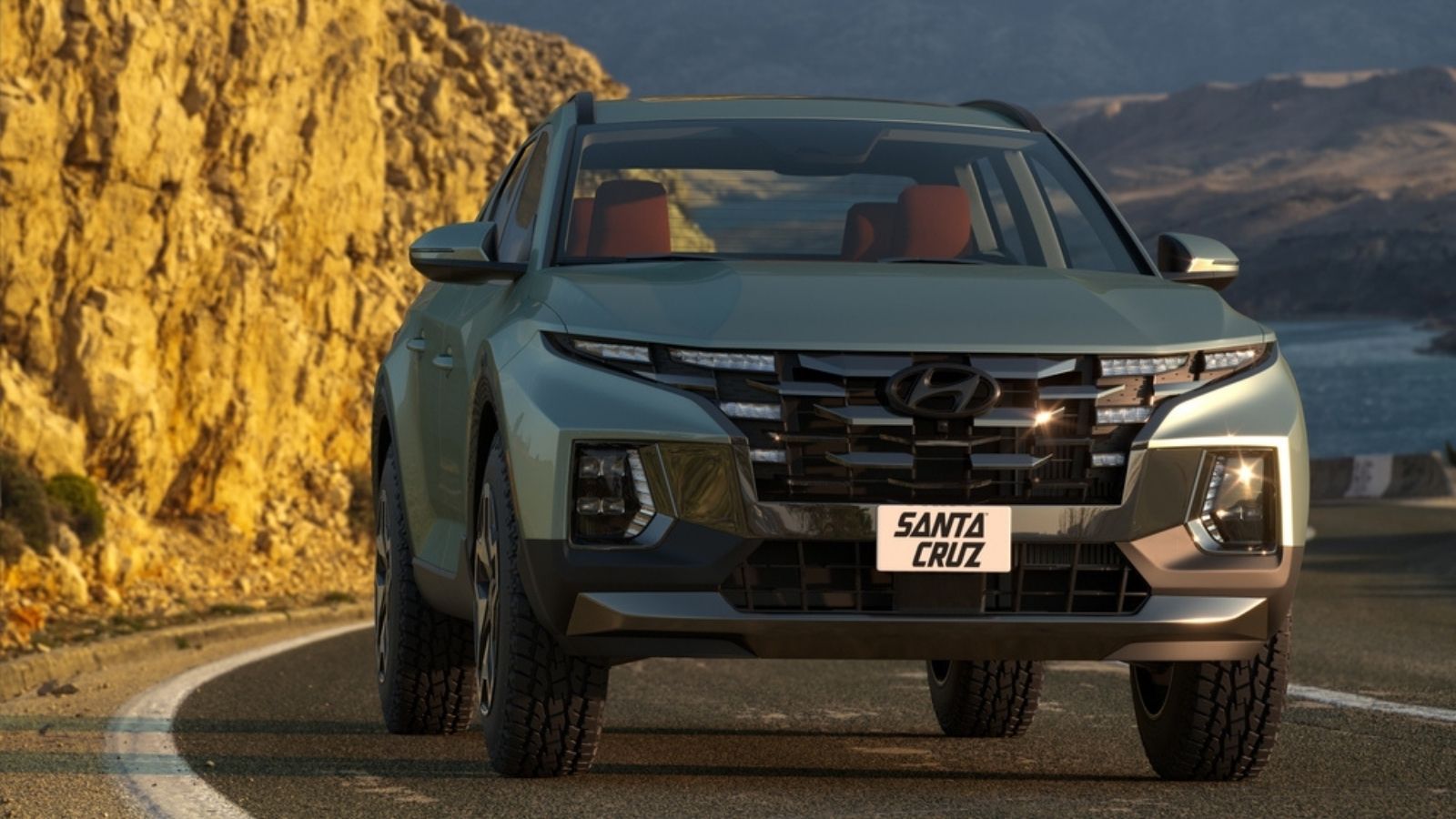
The Santa Cruz, Hyundai’s unique crossover truck, debuted first in the U.S., and Canadians were quick to jump on import opportunities, but that window has closed. Tariffs on compact trucks and ongoing compliance mismatches, particularly with Canadian daytime running light standards, have led to registration delays and import refusals. The Limited trim’s tech features are geofenced for U.S. networks, and software issues prevent full functionality once across the border. With Canadian dealers offering more local options now, the cross-border chase is unnecessary.
Lexus RX 500h F SPORT (U.S. Model)
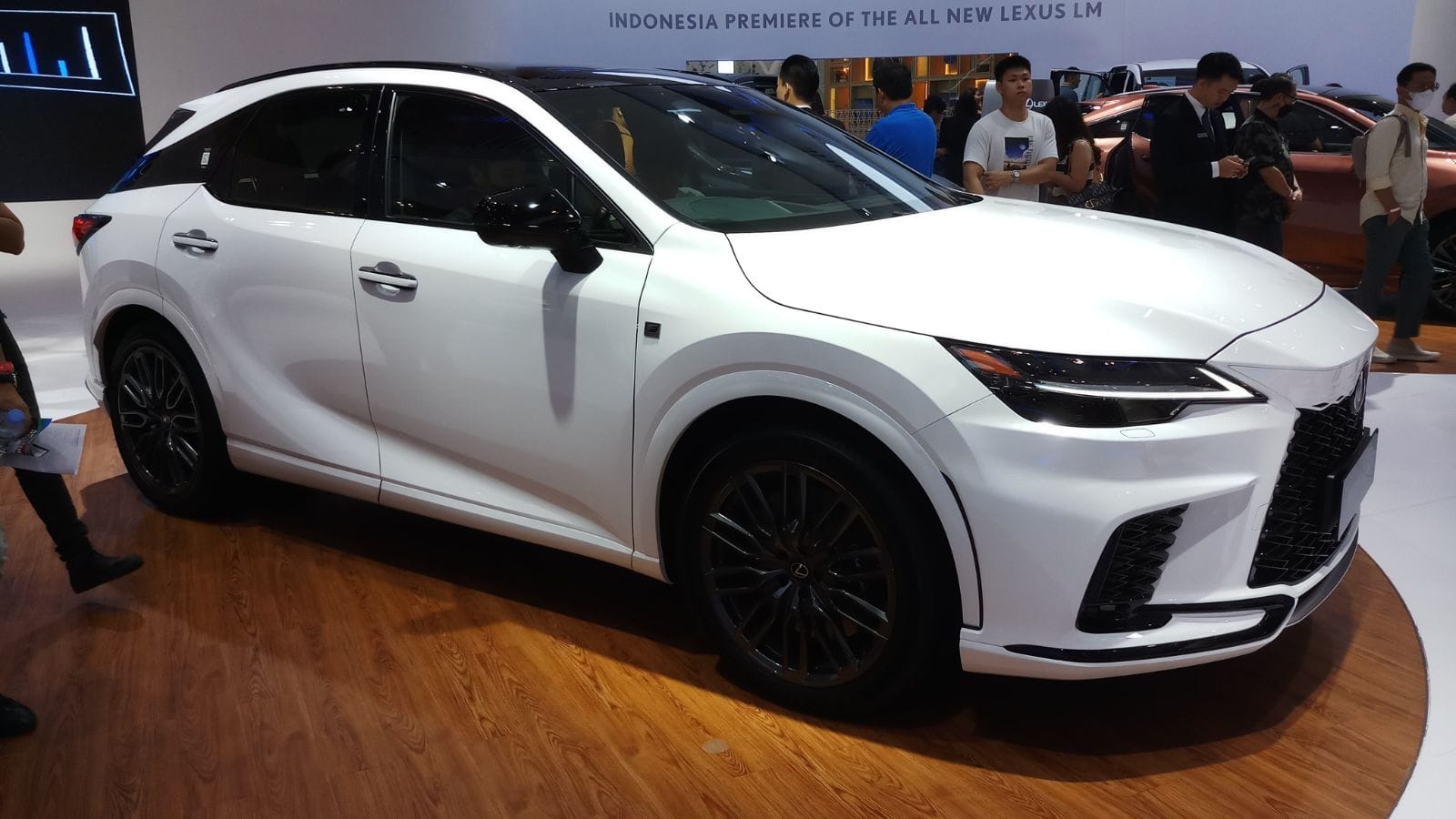
The RX 500h’s powerful hybrid drivetrain once made it a hot import from U.S. markets. But the dual blow of EV tariff hikes and stricter luxury vehicle taxation has erased any cost savings. To complicate matters, U.S. models are programmed for different navigation regions, and Lexus Canada often refuses to reprogram imported infotainment systems. Federal inspection backlogs and alignment with safety equipment standards have further discouraged imports, and what once was a smart luxury grab is now tariff-laden.
Nissan Frontier PRO-4X (U.S. Trim)
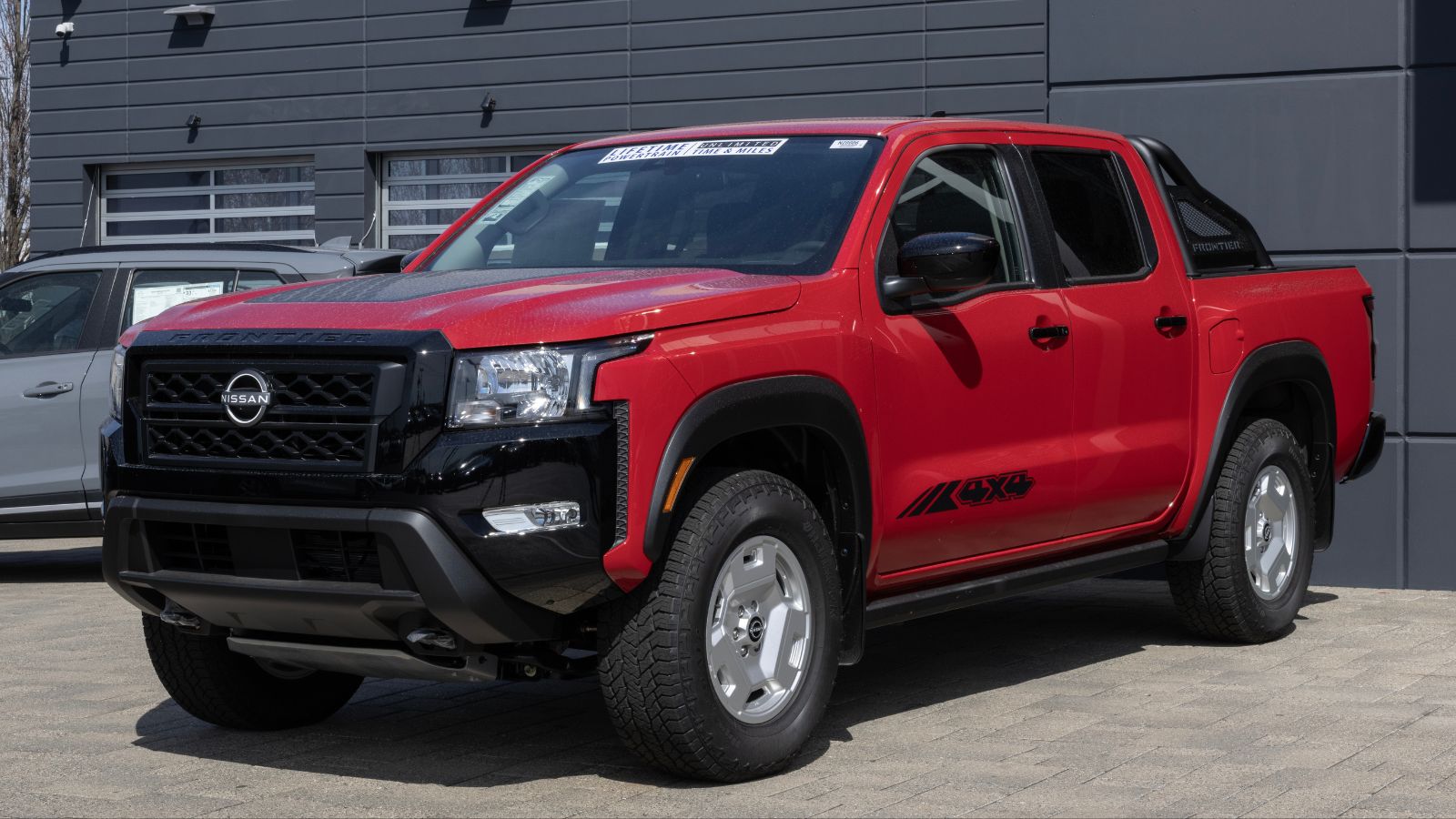
Canadians seeking an affordable off-road truck used to snap up U.S. Frontier PRO-4X models with ease. However, tariffs on midsize trucks and different towing package configurations between the countries have led to inspection failures and the decline of imports. Additionally, Transport Canada has highlighted bumper design discrepancies that must be corrected before registration. With fewer incentives to import and rising demand driving up U.S. dealer prices, the days of grabbing a cheaper PRO-4X from across the border are history.
Chrysler Pacifica Pinnacle AWD (U.S. Spec)
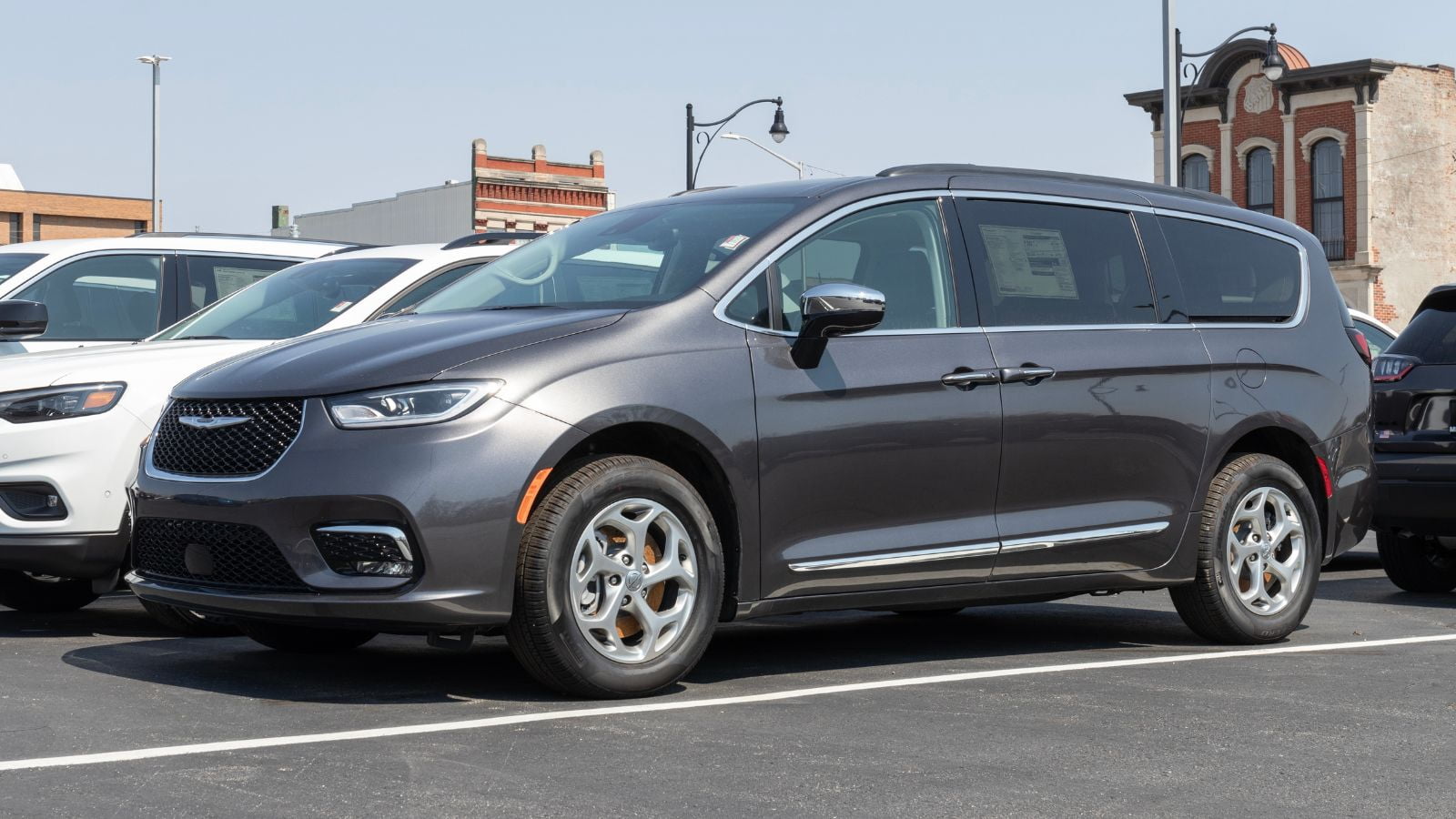
Families once crossed the border for this fully loaded AWD minivan, but new tariff rules and features that fail Canadian localization tests have eliminated the appeal. The Pinnacle trim’s rear entertainment system and seat configurations often require software recoding to meet Transport Canada’s standards. At the same time, warranty coverage on U.S.-bought models is inconsistent, and federal EV rebate confusion adds to the uncertainty for the hybrid version. With wait times shrinking at Canadian dealerships, importing this luxury family hauler no longer makes practical or financial sense.
Genesis GV80 (U.S. Launch Edition)
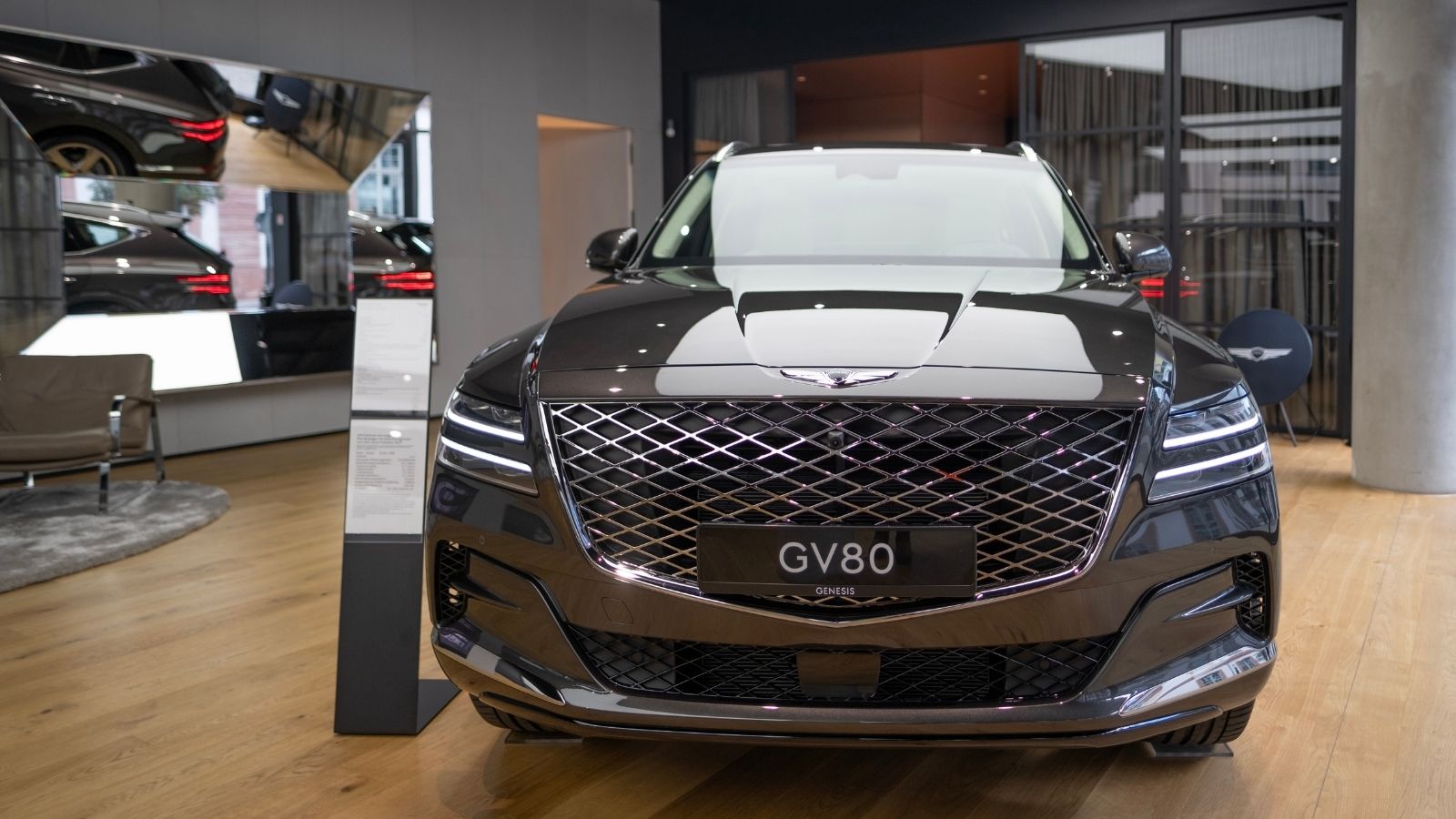
Early Genesis adopters used U.S. imports to bypass limited Canadian allocations, especially for the GV80 launch. But now, new luxury vehicle tariffs and regional tech lockouts have effectively ended this strategy. The GV80’s navigation system and over-the-air update features often stop functioning once re-registered in Canada, and warranty gaps have become widespread. Add on brokerage fees, vehicle inspection delays, and provincial sales taxes, and even die-hard Genesis fans are sticking to Canadian soil.
Mazda CX-50 Meridian Edition (U.S. Exclusive)
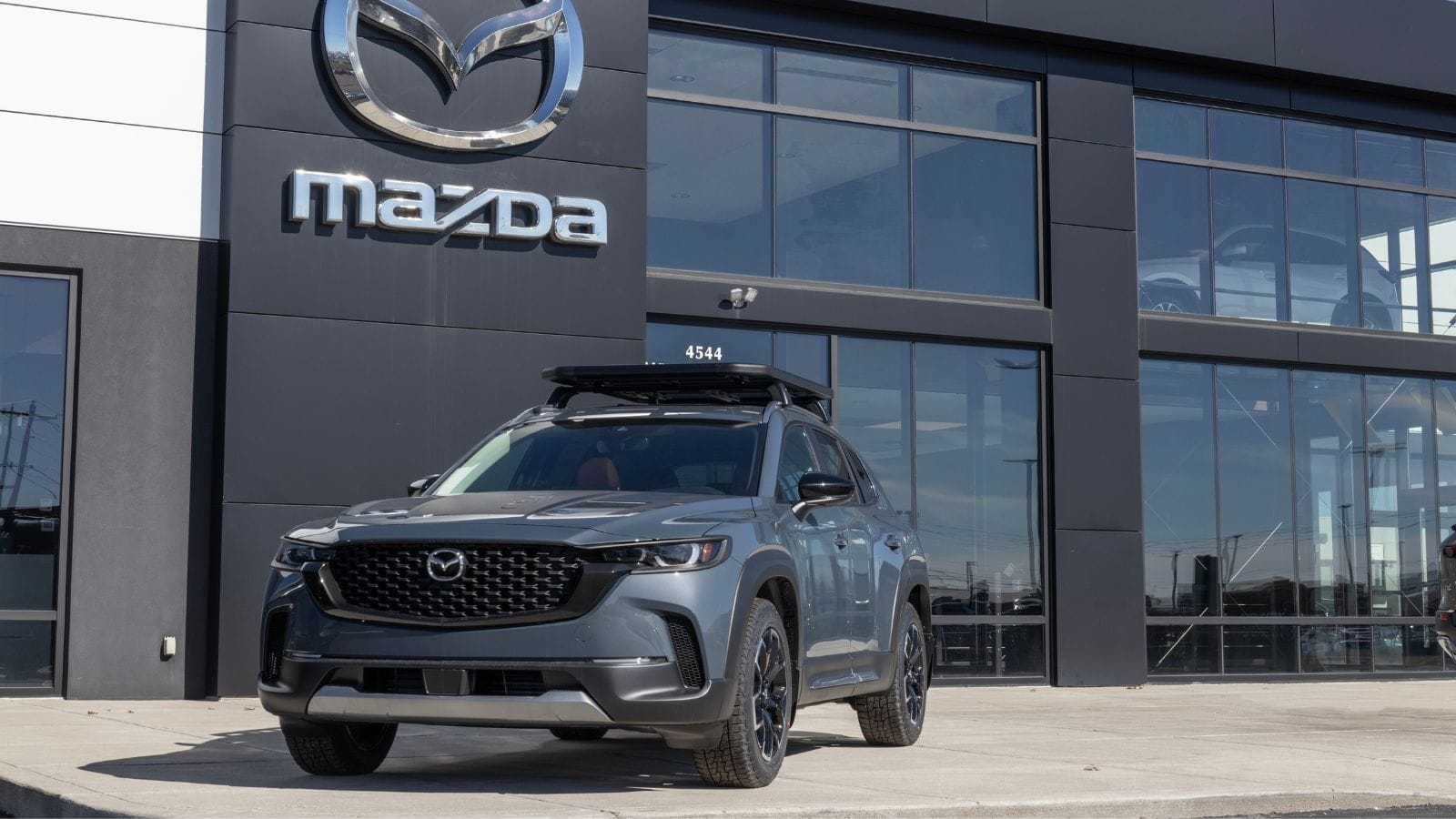
Once available only south of the border, the CX-50 Meridian Edition was a tempting catch for Canadian Mazda fans. But importation now requires costly modifications to lighting, badging, and emissions systems, thanks to differing regulatory requirements. Tariffs on crossovers and the lack of Canadian warranty support for the U.S.-spec model mean many buyers face high out-of-pocket risks. Mazda Canada now offers its version, eliminating the need and value of looking elsewhere, making imports more trouble than it’s worth.
Volvo XC90 Recharge (U.S. Model)
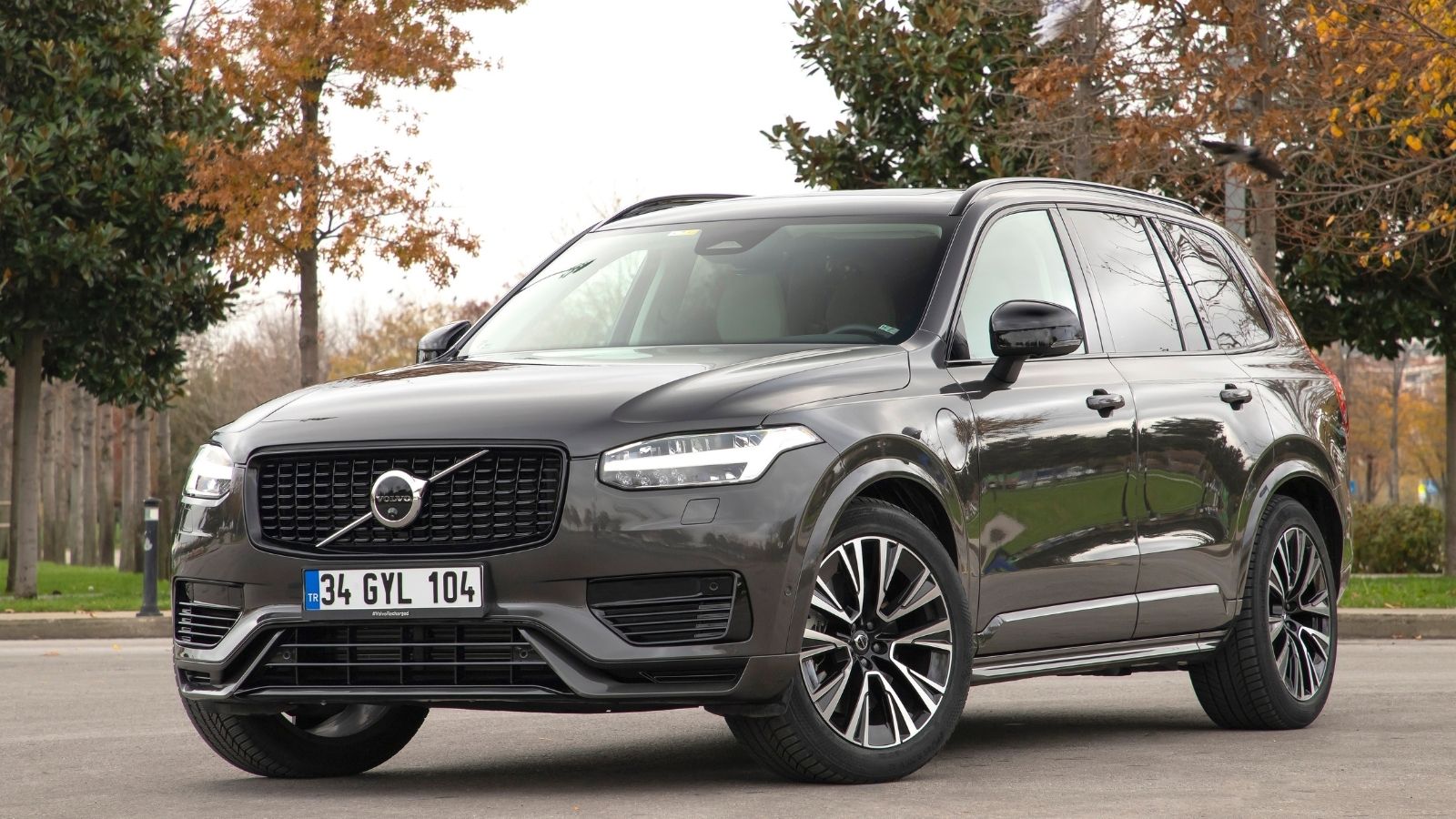
Importing the plug-in hybrid XC90 from the U.S. used to save thousands, but now it costs more than buying local. EV tariffs, a Canadian luxury tax, and differing battery certification standards have complicated registration. U.S.-based telematics systems and emergency assistance features no longer activate in Canadian networks, frustrating safety-conscious buyers. With increasing software fragmentation and Transport Canada’s tightening rules around hybrid imports, most dealers now advise against bringing the XC90 Recharge across the border.
Cadillac Escalade ESV Sport Platinum (U.S.-Spec)
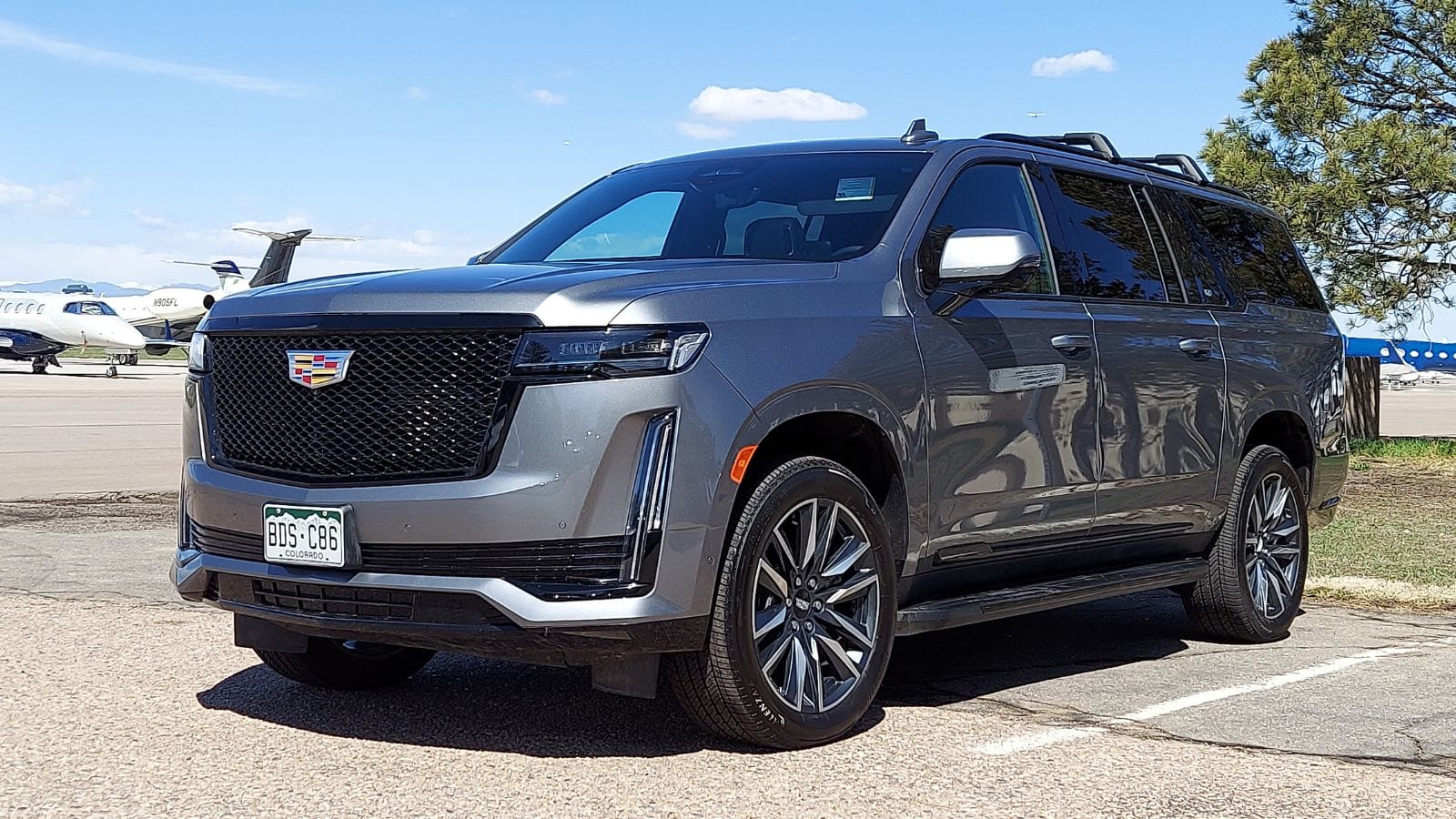
This iconic full-size luxury SUV was once a go-to U.S. import for Canadian buyers. Still, today, it is bogged down in overlapping tariffs, luxury taxes, and compliance issues with Canada’s digital safety suite requirements. U.S. dealer reluctance to handle Canadian paperwork, plus reprogramming needs for infotainment and OnStar services, further limit its viability. Some models even require rear-seat belt system retrofits to pass provincial safety checks, making this once-easy border buy an expensive regulatory maze few are willing to enter.
Kia Telluride SX Prestige (U.S. Trim)
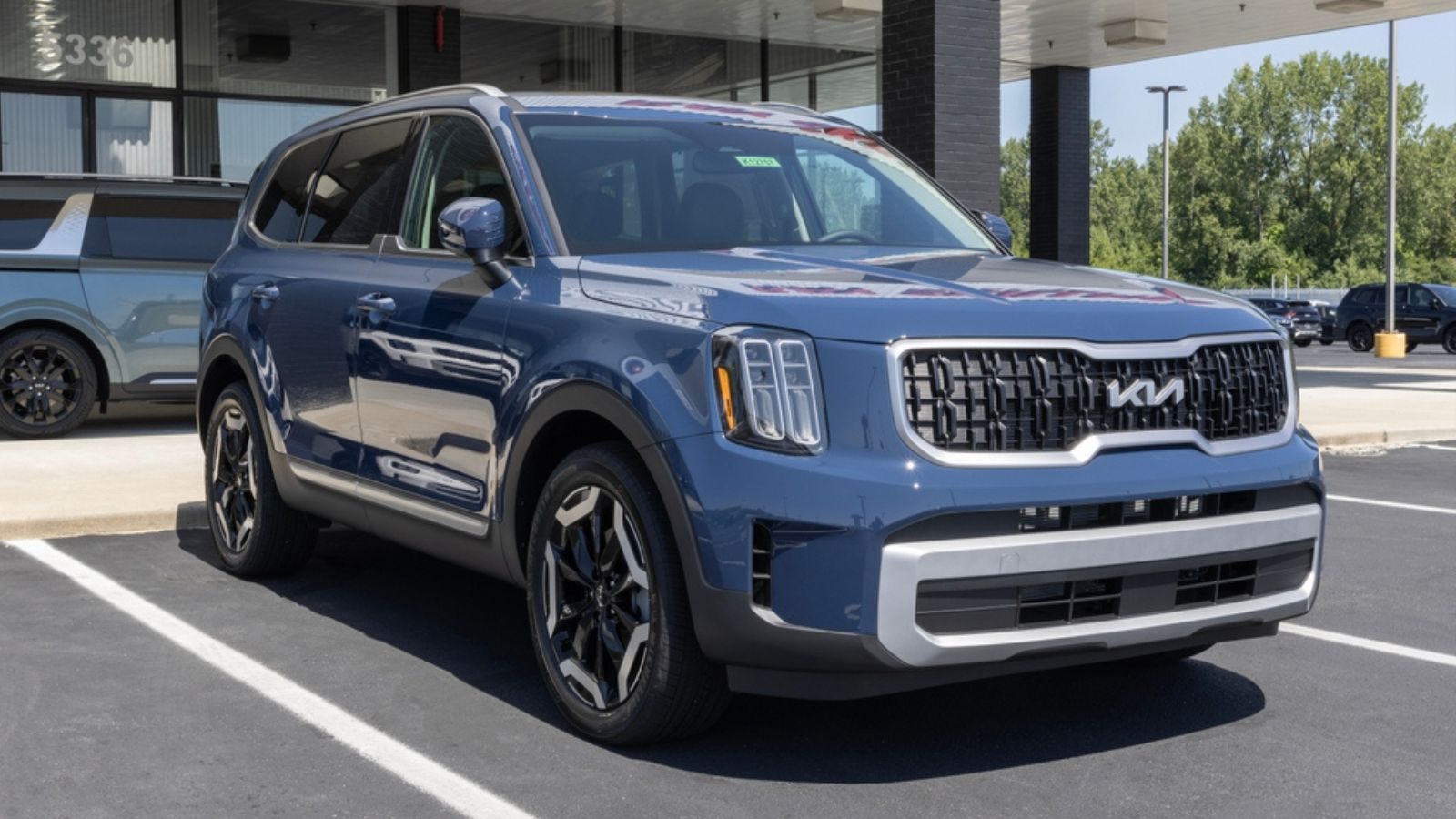
The Telluride SX Prestige was hot among Canadians looking for U.S. exclusivity and savings. But supply chain shifts and import tariffs now price it out of reach. U.S.-spec models often lack bilingual labeling, daytime running light conformity, and Transport Canada’s safety data. Canadian Kia dealers often refuse service or warranty support, and the necessary reprogramming of key systems like driver assistance can add hundreds more. With the 2025 Canadian lineup finally catching up in options, there’s little left to gain and plenty to lose by importing a U.S.-model Telluride.
25 Facts About Car Loans That Most Drivers Don’t Realize

Car loans are one of the most common ways people fund car purchases. Like any other kind of loan, car loans can have certain features that can be regarded as an advantage or a disadvantage to the borrower. Understanding all essential facts about car loans and how they work to ensure that you get the best deal for your financial situation is essential. Here are 25 shocking facts about car loans that most drivers don’t realize:
25 Facts About Car Loans That Most Drivers Don’t Realize
